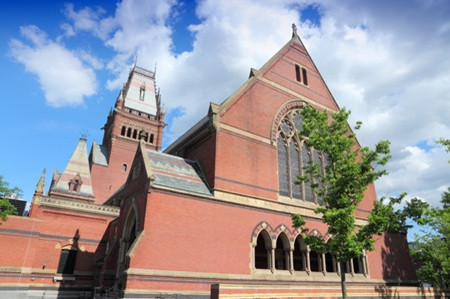新SAT阅读官方题型解析-Central Ideas主旨题例3
- 2017年05月08日14:57 来源:小站教育作者:小站SAT编辑
- 参与(0) 阅读(10891)
新SAT阅读官方题型-Central Ideas主旨题例题汇总,点击查看
例题三:
材料:The Official SAT Study Guide
试卷:3
页数:569
题号:14
|
|
Questions 11-20 are based on the following passage and supplementary material. This passage is adapted from Taras Grescoe, Straphanger: Saving Our Cities and Ourselves from the Automobile. ©2012 by Taras Grescoe.
|
|
35
40
45
50
55 |
It doesn’t have to be like this. Done right, public transport can be faster, more comfortable, and cheaper than the private automobile. In Shanghai, German-made magnetic levitation trains skim over elevated tracks at 266 miles an hour, whisking people to the airport at a third of the speed of sound. In provincial French towns, electric-powered streetcars run silently on rubber tires, sliding through narrow streets along a single guide rail set into cobblestones. From Spain to Sweden, Wi-Fi equipped high-speed trains seamlessly connect with highly ramified metro networks, allowing commuters to work on laptops as they prepare for same-day meetings in once distant capital cities. In Latin America, China, and India, working people board fast-loading buses that move like subway trains along dedicated busways, leaving the sedans and SUVs of the rich mired in dawn-to-dusk traffic jams. And some cities have transformed their streets into cycle-path freeways, making giant strides in public health and safety and the sheer livability of their neighborhoods—in the process turning the workaday bicycle into a viable form of mass transit. |
14. The central idea of the fourth paragraph (lines 35-57) is that
A) European countries excel at public transportation.
B) some public transportation systems are superior to travel by private automobile.
C) Americans should mimic foreign public transportation systems when possible.
D) much international public transportation is engineered for passengers to work while on board.
(答案解析及重点词汇请翻页查看哦~)
























